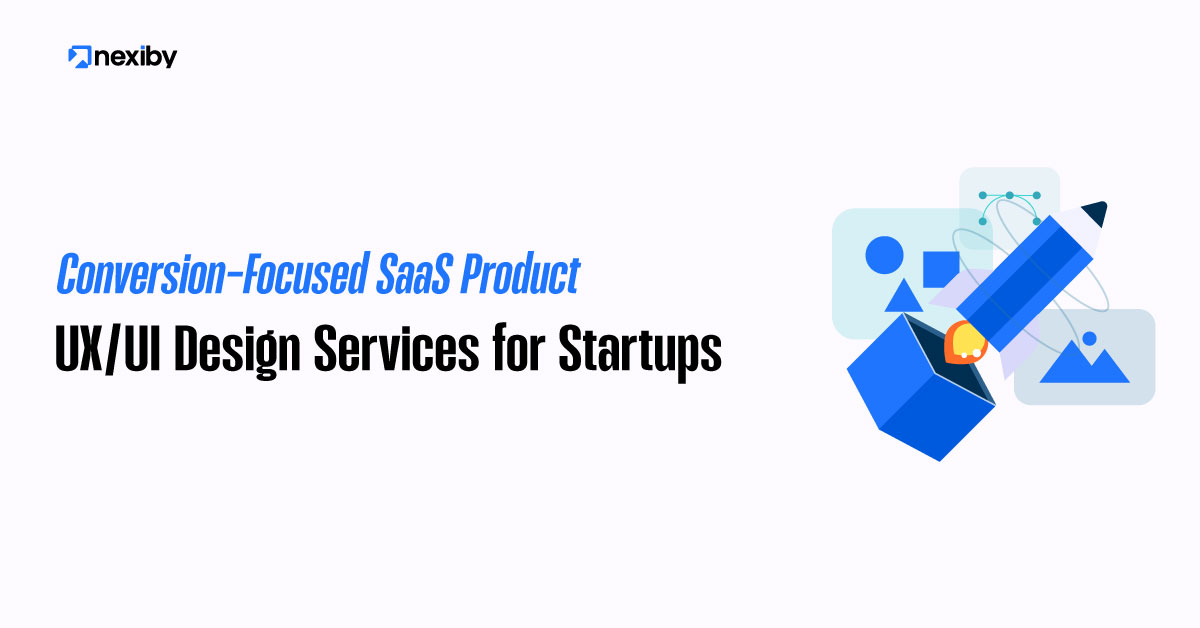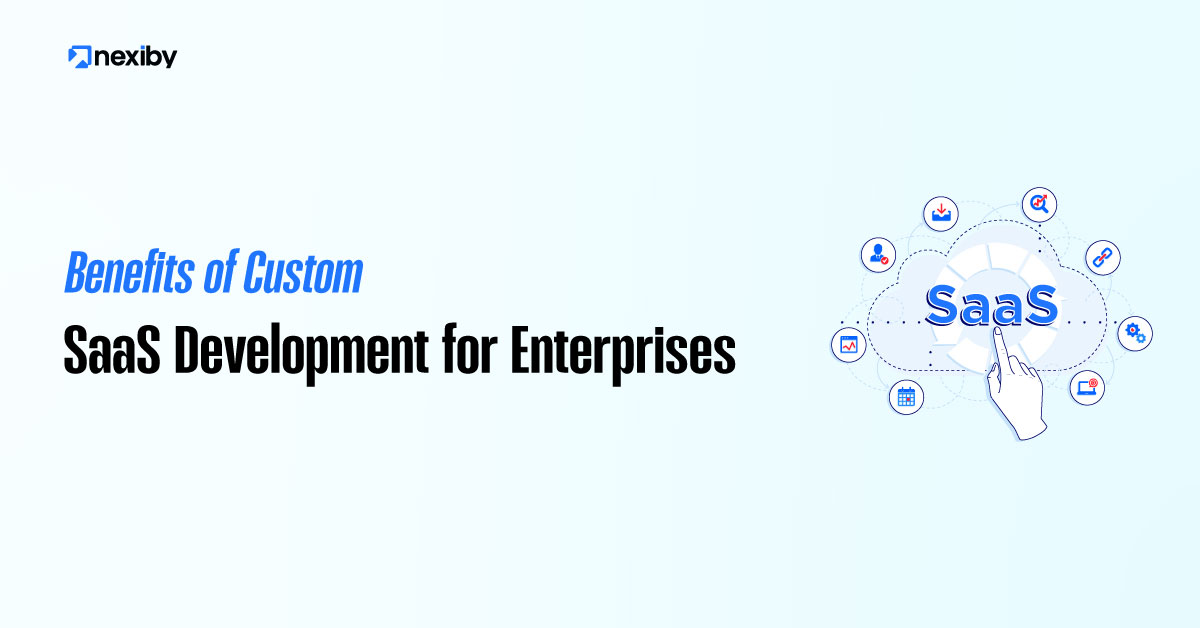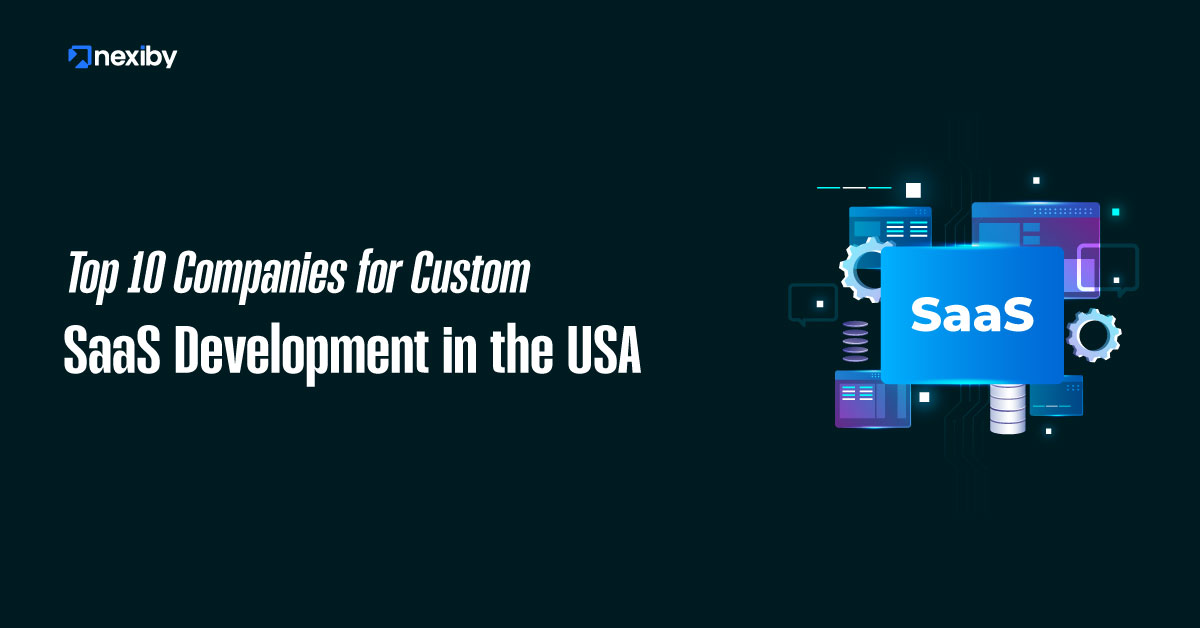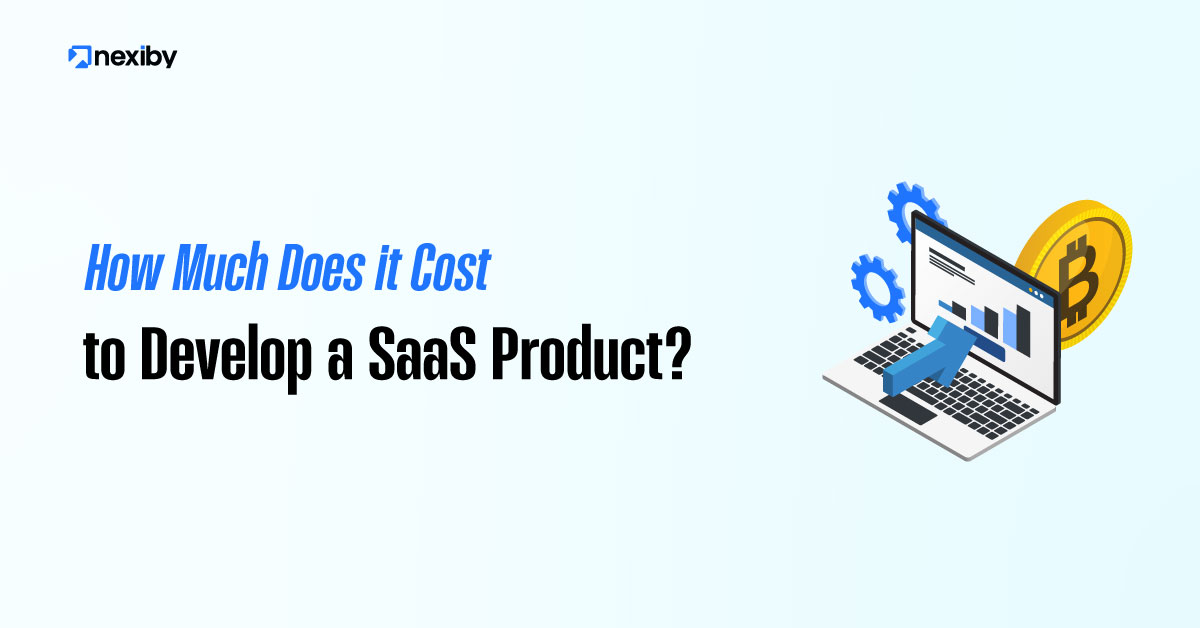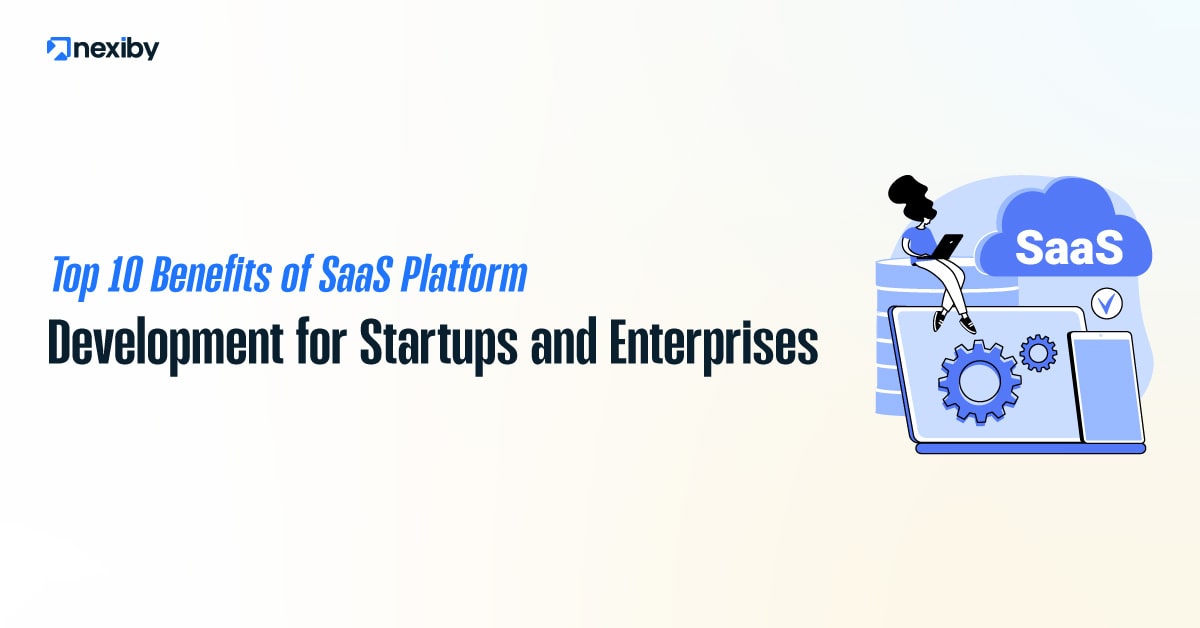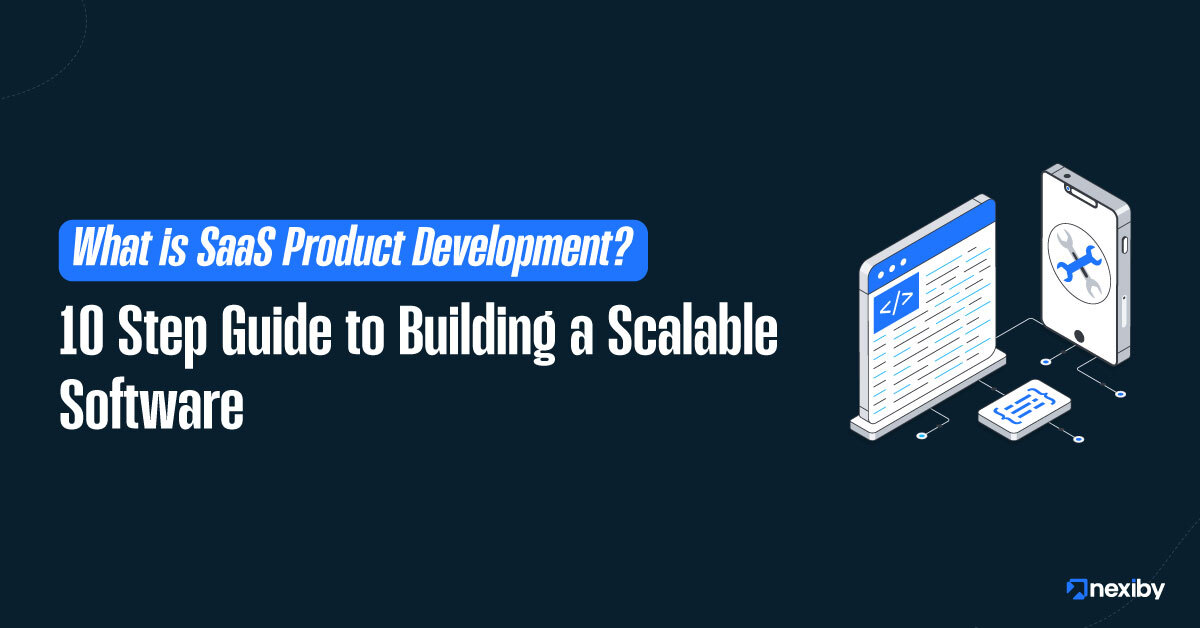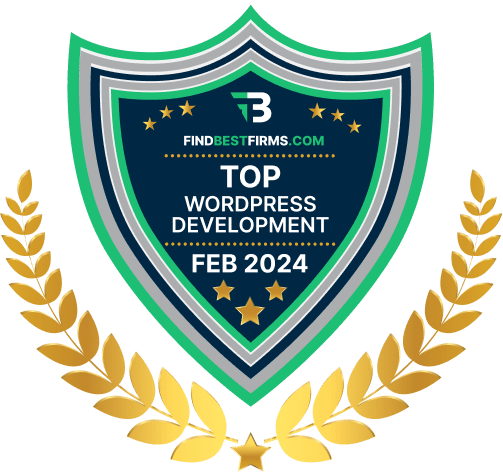The right design turns attention into action. Great onboarding unlocks value fast. Clear dashboards guide daily work. Smooth billing moves trials to paid plans. That is why strong SaaS Product UX/UI Design Services matter for every startup. They remove friction that blocks growth. They lower support costs. They lift activation, adoption, and revenue. This guide shows what to design, how to design it, and how to measure it. It uses simple steps, plain language, and proven patterns that you can implement now.
Why SaaS Product UX/UI Design Services Matter For Startups?
Startups live on speed and focus. Your goal is product market fit and revenue. Design helps you reach both. Clean flows reduce time to value. Clear language reduces user doubt. Good defaults drive the next action. Strong SaaS Product UX/UI Design Services align every screen to one goal. That goal is user success that leads to revenue.
Activation is your first key metric. Users must see value in minutes. Adoption is next. They should return and use core features. Retention follows. Happy users renew and expand. Each stage needs good UX choices. Better UX turns each stage into a smooth path. That is the power of conversion-focused design.
The Conversion Framework For SaaS UI/UX
A simple funnel helps teams ship the right work. Each step removes friction and adds clarity.
Awareness to Activation
Your site and signup flow set the tone. Cut to the chase and ask only what you need to know. Use clear value props with real use cases. Warm leads convert when messages match the jobs to be done. Signal trust with social proof and clear security notes. Good SaaS UI/UX design makes this path short and safe.
Activation to Adoption
Give a quick win in the first session. Guide users to one key action. Offer a short tour with skip controls. Use checklists that show progress. Explain terms in simple words. Avoid complex setup demands on day one. Your SaaS Product UX/UI Design Services plan should focus on this stage from the outset.
Adoption to Revenue
Show value before price. Make the upgrade path clear. Use fair limits and honest prompts. Keep billing pages simple and safe. Explain each plan in plain language. Support self-serve change and refunds. Good billing UX boosts trial-to-paid conversions without relying on pushy tactics.
Revenue to Retention and Expansion
Retention grows when users find new value. Suggest helpful features at the right time. Add in-product tips that teach skills, not spam. Use SaaS UX optimization to reveal value paths by role. Respect the user’s time and attention. Reduce noise and highlight wins.
Core SaaS Product UX/UI Design Services
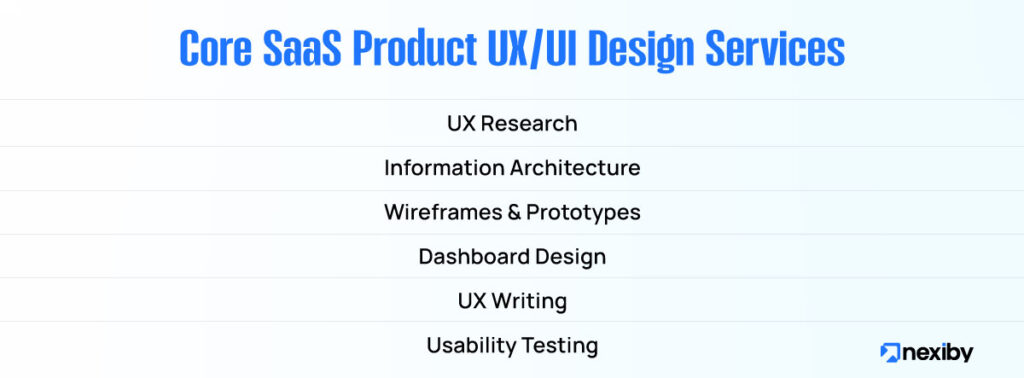
A strong service bundle covers research, design, and validation. It hands off clean files and guides devs skillfully.
UX Research For SaaS Apps
Start with short research sprints. Interview target users. Watch how they work today. Map tasks and pains. Turn insights into clear jobs to be done. Use tools like FigJam, Miro, Maze, and UserTesting. Small tests beat big bets. Your SaaS product design services plan should always include this step.
Information Architecture and Navigation
Structure your app as users think. Group tasks into clear areas. Keep paths short and names simple. Limit top-level items. Use strong defaults and smart search. For complex apps, add saved views and filters. Great user interface design for SaaS begins here.
Wireframes, Prototypes, and Design Systems
Sketch flows with low-fi wireframes first. Move to Figma prototypes for tests. Then build a shared design system. Add design tokens for spacing, color, and type. Document usage rules in Storybook or Zeroheight. Consistency speeds delivery and raises quality.
SaaS Dashboard Design and Data Visualization
Dashboards should answer one question fast. Am I winning or losing at the moment? Use clear charts and short labels. Show trends and status in simple forms. Offer drill-downs with safe defaults. Avoid chart noise. For data-heavy tools, support saved views and shared reports. Strong SaaS dashboard design reduces confusion and support load.
UX Writing, Microcopy, and Empty States
Words are part of design. Use plain language. Write labels that match user terms. Use prompts that guide the next step. Empty states should teach and unblock. Microcopy should reduce the fear of risky steps. Great SaaS UI/UX design services always include UX writing.
Usability Testing and UX Audits
Test early and often. Small tests catch big issues. Use task-based scripts and success metrics. Run UX audits with heuristics like Nielsen’s. Record issues and stack rank fixes. A short audit can lift activation fast. This is a core SaaS UX optimization move.
Onboarding That Converts
The first use should make you feel safe and valued. Users must see value in minutes, not days.
User Onboarding Flows and Checklists
Give a simple checklist with two or three steps. Show progress with clear feedback. Offer defaults that work out of the box. Let users skip and return later. Good onboarding reduces time to value and lowers churn. It is a key SaaS product usability services deliverable.
Trials, Tours, and Progressive Disclosure
Tours should be short and optional. Use tooltips that trigger at key moments. Reveal advanced options when needed. Do not show every control on day one. Progressive disclosure keeps screens calm. Your SaaS Product UX/UI Design Services plan should make this a habit.
Billing and Trial-to-Paid UX
Billing should feel simple and safe. Explain plans and limits in plain words. Show price per seat or usage clearly. Support invoices and cards if your buyers need both. Add alerts before limits are hit. Offer easy plan changes. This boosts conversion without hard sells.
Accessibility And Inclusivity In SaaS
Accessible design helps everyone. It also meets legal and brand goals.
WCAG, Color Contrast, and Keyboard Support
Follow WCAG 2.2 for clear standards. Check color contrast and font sizes. Ensure keyboard and screen reader support. Give focus states and skip links. These moves improve daily use for all users. They also reduce support tickets.
Forms, Tables, and Data Grid Accessibility
Forms need clear labels, hints, and error states. Tables should support headers and summaries. Data grids need clear focus behavior and ARIA roles. Large data sets require accessible pagination and search capabilities. Good patterns raise success rates.
Internationalization and Localization Basics
Plan for text growth in other languages. Support date, time, and number formats. Respect right-to-left layouts if needed. Keep content in files, not hard-coded. Good localization grows your market reach. It is part of strong SaaS interface consistency work.
Tools And Standards We Use
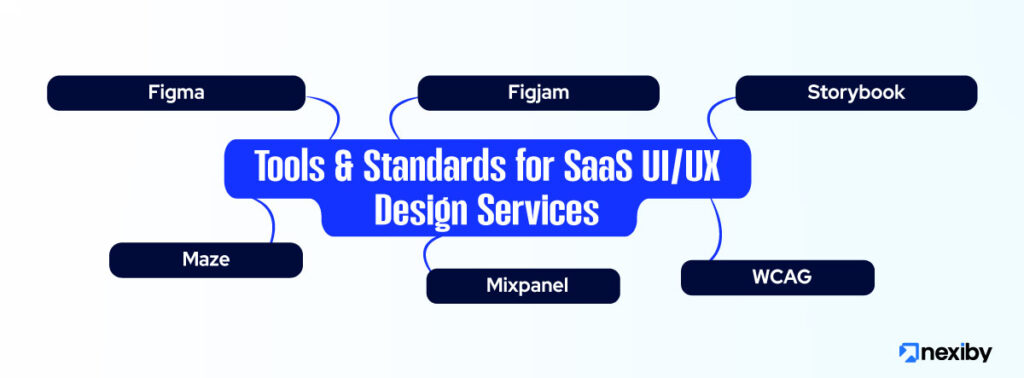
Great tools speed work and reduce handoff gaps. Clear standards prevent drift.
Figma, FigJam, and Prototyping
Figma supports live collaboration and fast tweaks. FigJam helps map flows and systems. Interactive prototypes reduce guesswork. Handoffs include specs and assets. This flow keeps teams aligned.
Sketch and Adobe XD in Enterprise Workflows
Some teams rely on Sketch or Adobe XD. We support those pipelines too. We sync libraries and tokens across tools. We keep exports clean and versioned. Your team stays productive with known tools.
Material Design and Human Interface Guidelines
Material Design and Human Interface Guidelines give strong patterns. You can adopt them as is or customize them to suit your needs. They set clear rules for spacing, parts, and motion. They help teams ship faster with fewer mistakes.
Design Tokens, Components, and Storybook
Design tokens control color, type, and spacing across apps. Components encode patterns for reuse. Storybook documents behavior and states. This stack drives design consistency and speed. It also keeps UI changes safe and predictable.
Design Consistency At Scale
Consistency is a growth multiplier. It saves time, builds trust, and lowers bugs.
Design Systems for Multi-Product Suites
A shared system unites apps and brands. It speeds launches and keeps patterns aligned. You get the same buttons, menus, and tables everywhere. This reduces training needs and confusion.
Governance, Versioning, and Contribution Models
Set clear rules for changes. Track versions and deprecations. Let teams propose updates with reviews. This protects quality and avoids chaos. A system with governance scales well.
Performance, Theming, and Dark Mode
Design should consider speed and density. Support theming for brand and partners. Offer dark mode for comfort and battery life. Test contrast and motion preferences. These choices lift satisfaction and adoption.
Measuring Impact
What you measure improves. Tie design work to business goals.
Activation, Feature Adoption, and Time to Value
Track the first key action time. Measure how many users reach a core task. Watch repeat use and task success. Shorter times mean better flows. Higher rates mean clearer value.
Conversion Rate, Churn, and Expansion Revenue
Measure trial-to-paid conversion and plan upgrades. Watch churn by segment and role. Track expansion from seat growth and add-ons. These metrics tell you if UX drives revenue.
UX KPIs, Product Analytics, and Experimentation
Use analytics tools like PostHog, Amplitude, or Mixpanel. Set events for key actions and success paths. Run A/B tests with safeguardrails. Share results with teams. Close the loop with steady SaaS UX optimization cycles.
Engagement Models And Pricing Signals
Select the service model that best suits your stage and goals.
UX Audit and Roadmap Sprint
Start with a quick audit and plan. We test flows, score issues, and size fixes. You get a roadmap with clear wins. This sprint unlocks fast gains for activation and conversion.
MVP Design Package
Design your MVP from research to handoff. We map flows, build prototypes, and define a light design system. Devs get clean files and specs. You get a focused app that proves value early.
Ongoing Design Subscription or Embedded Team
Keep a steady design cadence. We attend your stand-ups and work with developers daily. We grow the design system and run tests each sprint. This model scales with your roadmap and maintains high quality.
Case-Style Patterns And Playbooks
Some patterns solve common SaaS pains. Use these to move fast with less risk.
Data-Heavy Admin Dashboards
Show a clear summary at the top. Offer filters, saved views, and quick actions. Keep tables readable with smart density. Support CSV export and scheduled reports. These choices calm complex data.
RBAC, Permissions, and Enterprise Readiness
Roles and rights should be clear and safe. Use plain labels and scoped actions. Add audit logs and admin views. Support SSO with providers like Okta and Auth0. This helps win enterprise deals.
Integrations, Settings, and Self-Serve Help
Integrations should be simple to add and manage. Settings should be grouped and searchable. Add self-serve help with tooltips and a help hub. Include a status page link and support chat. This reduces tickets and builds confidence.
How To Choose A SaaS Product Design Agency?
Your partner should ship value, not slides. Look for proof and fit.
Portfolio Fit and Domain Expertise
Check work in your domain. Review dashboards and complex flows. Ask about outcomes, such as activation or conversion. Seek teams that build with data and care.
Research Depth and Accessibility Practice
Ask how they run research and tests. Review templates and reports. Check their accessibility work. Demand WCAG compliance by default. This protects users and your brand.
Handoff Quality and Dev Collaboration
Handoffs should include tokens, specs, and states. Developers should receive Storybook documentation and component notes. Figma files must be clean and named well. Great SaaS product design agency partners work like part of your team.
Conclusion
Great design makes growth easier. Clear flows lift activation and trust. Simple words guide users fast. Strong dashboards turn data into action. Clean billing helps trials turn into paid plans. A shared design system scales quality across teams.
With focused SaaS Product UX/UI Design Services, your startup can ship faster and convert better. Build with research, test small-scale solutions, and measure their impact. Keep the user at the center. Your product will feel simple, useful, and ready to grow.
FAQs
What is included in SaaS Product UX/UI Design Services?
You get research, IA, wireframes, prototypes, a design system, and testing. You also get UX writing, accessibility checks, and clean handoffs. The exact mix matches your goals and timeline.
Which tools do you use for SaaS UI/UX design?
We design in Figma and FigJam. We support Sketch and Adobe XD when needed. We follow Material Design and Human Interface Guidelines. We document systems in Storybook with design tokens.
How fast can we improve activation and conversion?
Quick wins can land in weeks. Onboarding tweaks and copy changes are shipped quickly. Larger gains follow tests and new flows. Steady cycles keep the curve up.
Do you support accessibility in SaaS dashboards and forms?
Yes. We align with WCAG 2.2 and WAI-ARIA. We test contrast, keyboard paths, and screen reader flows. Tables, forms, and grids get special care.
What engagement model fits a seed-stage startup?
Start with a UX audit and roadmap sprint. Move to an MVP design package. Add a light monthly subscription for tests and system growth. This keeps momentum without heavy overhead.

